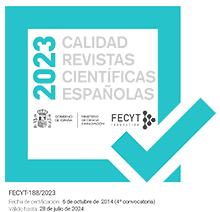Del diagnòstic al remei: Euromosaic, llengua i desenvolupament econòmic
Resum
The authors begin their paper with an overview of the Euromosaic study on the production and reproduction of the minority language groups in the European Union. After a short presentation of its theoretical orientation and its particular method, which involves a critical standpoint towards the orthodox approach in current sociolinguistics, they focus on the main findings of the study. A major feature of these findings is that they allow a comparison of the various language groups by reference to the scores across four "state" variables (language prestige, institutionalization, legitimation and education) and three "civil society" variables (family, community and cultural reproduction). In the second part of the paper, the authors extend their analysis beyond the Euromosaic study and seek to outline a model of regional development which makes an innovative link between language and economy. Focusing on the ongoing restructuring and realignment processes of economic relationships across Europe, but rejecting the way neo-liberalism interprets them, the authors argue for the relevance of minority languages within this context. To illustrate, the impact of the advent of minority language media for regional development in such diverse regions as Scotland, Wales, Catalonia, the Basque Country, Galicia and Ireland is briefly dealt with.



